Total Therapy Blog
Saving Your Back… In the Field!
 Welcome to the second part of our multi-part series Saving Your Back. Last week, we talked about Low Back Health for those with Desk Jobs. This week, we will focus on Lifting and More Physical Jobs. Don’t worry if your job is not physically demanding. The following article can be used by anyone who requires moderate to heavy lifting on a daily basis.
Welcome to the second part of our multi-part series Saving Your Back. Last week, we talked about Low Back Health for those with Desk Jobs. This week, we will focus on Lifting and More Physical Jobs. Don’t worry if your job is not physically demanding. The following article can be used by anyone who requires moderate to heavy lifting on a daily basis.
In this week’s entry, on our “Saving Your Back” we will be speaking about lifting and more physical jobs. These are jobs that require moderate to heavy lifting, or straining postures such as prolonged forward bending and/or repeated small lifting. A great deal of back pain experienced in physical jobs is due to poor lifting postures. Here is a great way NOT to do it:
Our thanks to Peter Griffin on his “Proper Lifting” seminar, but we would advise the following techniques:
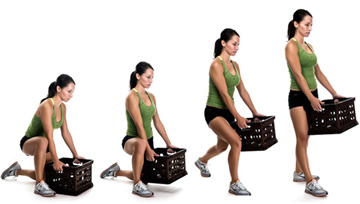
- Keep your back in “Spine Neutral”! This is crucial to preventing low back pain. You can find your own neutral spine by doing the following: Bring your chest up and stand tall. Pretend you have a string attached at the base of the spine that runs all the way up and is pulling through the top of your head. You should feel upright but balanced. This is your neutral spine. Whatever activity you do, you want your spine to maintain this basic shape.
- Avoid twisting through the spine. This goes back to maintaining a neutral spine – twisting your spine when it is “under load” (e.g. twisting while carrying something) puts excessive stress through key structures. This can lead to a number of problems, including disc herniation. Instead of twisting your trunk to transfer something, move your feet to position the load where you want it.
- Bend your knees. By doing this, you take a large portion of the load and transfer it to your legs (in particular, the muscles on the front of your thighs, your quadriceps, and your gluteal (or buttock) muscles).
- Bend at your hips, not your back, when squatting down to pick up objects. The easiest way to do this is to imagine you are sitting far back into a chair, sending the hips backwards while keeping your knees from going past your toes. This facilitates the activation of your gluteal muscles, which are powerful muscles responsible for stabilizing the pelvis and low back. Ensure you keep a neutral spine throughout the movement.
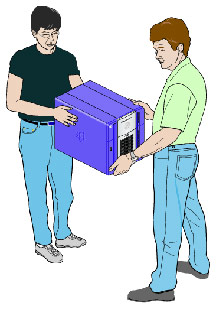
- Avoid tilting your pelvis while squatting. One of the common mistakes people make is to tilt their pelvis to flatten out their low back. By doing this, you take your spine out of neutral, increasing the pressure experienced in your low back. This puts you at an increased risk of injury. Remember – spine neutral is key.
- Lift heavy or awkwardly-shaped objects with a co-worker. This way, you can both save your back, and practice proper technique with a friend!
Each job is unique in its challenges, and we’ve just touched on the basics of good lifting technique. If you’re concerned about your low-back health, we encourage you to consult with a Kinesiologists to get information on the options available to you.
If you missed last week’s discussion, the link can be found here.
Next week, we will continue our discussion on Low Back Health – for Mommies!
Thank you everyone for sticking with us on our Saving Your Back series! If you liked our series or if you have any questions or suggestions, please leave us a comment below or on Facebook!
Don’t forget our New Website Launch Contest is still on! Help us reach 250 fans on Facebook and each fan will get a $20 coupon and a chance to win our Grand Prize! More details here.

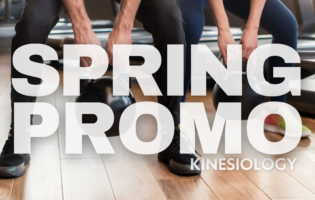
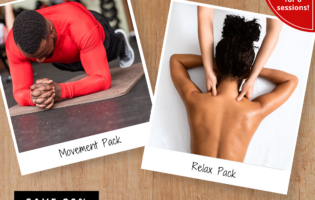




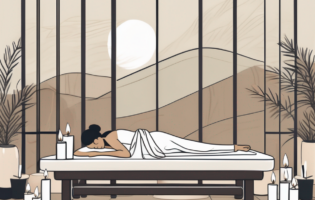
Follow Us!
& Stay Up To Date
BLOG